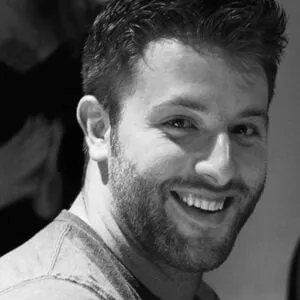The New York Department of Environmental Conservation (DEC) could make a final decision on whether to renew an air permit held by Greenidge Generation—a controversial Bitcoin mining firm in New York—on June 30, 2022.
The DEC, which oversees the amount of greenhouse gas emissions Greenidge is able to emit each year, has advised the mining firm of the “need for additional greenhouse gas mitigation measures to meet the requirements of the Climate Leadership and Community Protection Act.”
The DEC also said that on March 25, 2022, Greenidge proposed greenhouse gas mitigation measures for its facility in Dresden. The regulator added that it has not yet determined these measures, nor has it yet taken stock of about 4,000 public comments surrounding Greenidge’s mining activity.
Greenidge Generation has found itself at the epicenter of the controversy surrounding Bitcoin mining’s impact on the environment, and the DEC’s decision to renew—or not renew—the firm’s Title V permit may have wide-reaching consequences for the industry.
“The most interesting development would be to see the impact across state lines,” Alex de Vries, founder of the Digiconomist website told Decrypt. “We know that states can have wildly different policies, but this could be the start of a trend towards more adverse regulations elsewhere.”
Greenidge, Bitcoin, and the environment
Greenidge obtained its Title V permit to mine Bitcoin in 2016—without a successful renewal, the company will no longer be able to mine Bitcoin at its Dresden facility.
Last March, the company submitted to the DEC a package of documents in support of its application to renew its existing permit.
In that package was a letter, seen by Decrypt, which specified the legal maximum emissions the company’s Dresden facility could legally produce—641,000 tons of carbon dioxide equivalents per year. This, in turn, amounts to approximately 708 million pounds of burned coal, 116 thousand homes’ average electricity per year, or over 1.5 billion miles driven by an average passenger vehicle.
Greenidge’s activity has prompted fears that the Dresden facility threatens New York’s climate goals, obliging the state to generate 70% of its electricity from clean energy sources by 2030, and 100% by 2040.
Greenidge has also been causing controversy in and around Seneca Lake—the lake adjacent to Greenidge’s Dresden facility.
For example, the Keuka Outlet—a stream that feeds into Seneca Lake and serves as a drinking water resource to thousands of people—has witnessed sharp increases in water temperature.
“We’re seeing this as a growing problem on our lake, which is a drinking water resource for over 100,000 people,” Yvonne Taylor, vice president of the NGO Seneca Lake Guardian, previously told Decrypt.

